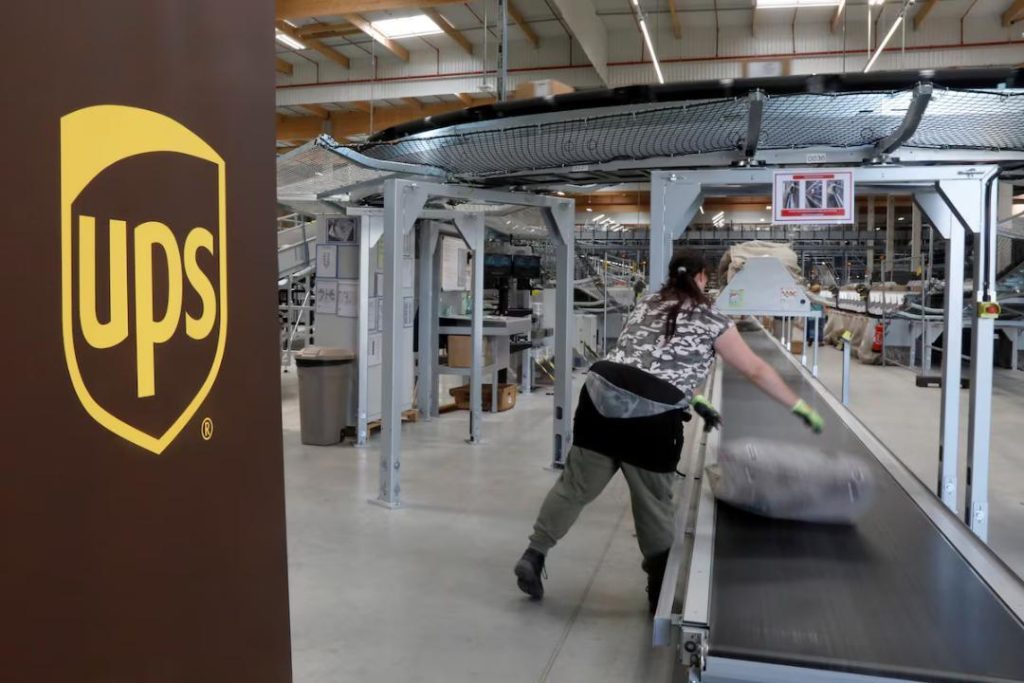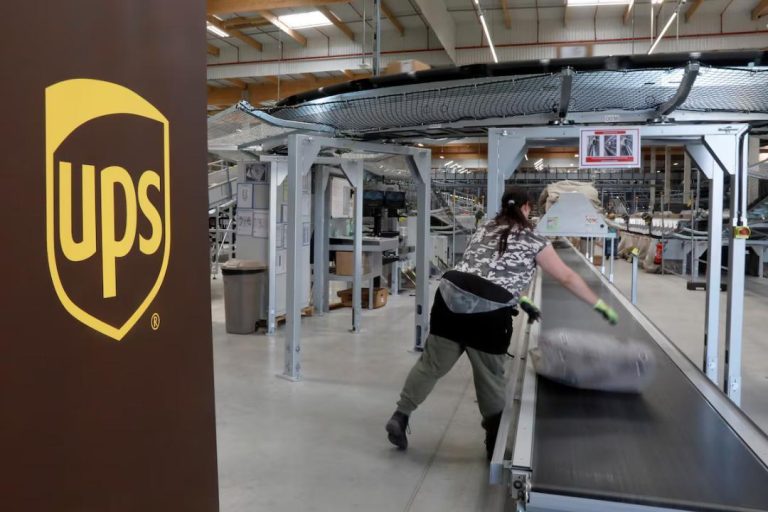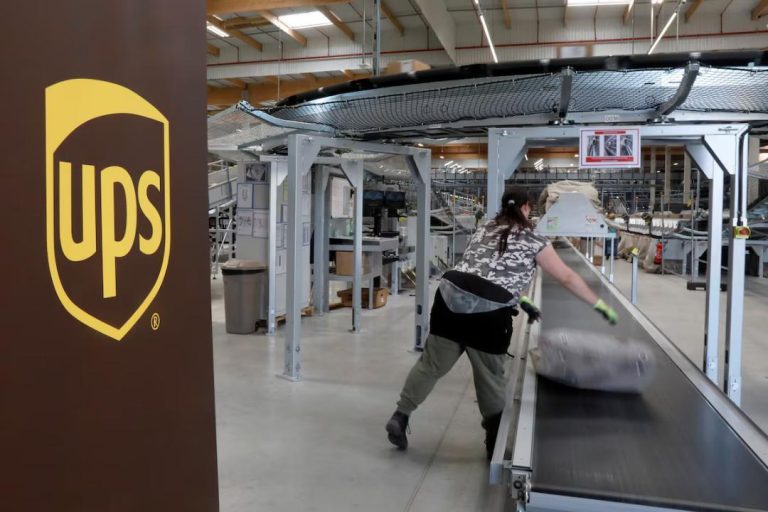
UPS to Cut 20,000 Jobs to Lower Costs & Prepare for Potential Pullback from Amazon
In a move aimed at reducing costs and preparing for a potential shift in its business strategy, United Parcel Service (UPS), the world’s largest package delivery firm, has announced plans to cut 20,000 jobs. The company will also be shutting down 73 facilities in an effort to reconfigure its network and adapt to the changing landscape of the logistics industry.
The news comes as a surprise to many, given the company’s strong performance in recent years. However, according to UPS CEO Carol Tome, the decision to cut jobs and close facilities is necessary to ensure the company’s long-term success. “The actions we are taking to reconfigure our network and reduce cost across our business could not be timelier,” Tome said in a statement.
The job cuts are expected to be spread across the company’s global operations, with an estimated 15% reduction in the company’s workforce. While the exact breakdown of the cuts by region and department is not yet clear, it is likely that the layoffs will have a significant impact on the company’s operations in the United States, where it has a large presence.
In addition to the job cuts, UPS will also be closing 73 facilities, including package sorting centers and delivery depots. The company has not yet disclosed which facilities will be affected, but it is likely that the closures will be concentrated in areas with lower volume or where the company has excess capacity.
The motivation behind the job cuts and facility closures is twofold. Firstly, UPS is looking to reduce costs and improve its efficiency in the face of increasing competition from rival logistics companies. With the rise of e-commerce and the increasing importance of same-day delivery, UPS faces intense pressure to reduce its costs and improve its service offerings.
Secondly, the company is preparing for a potential pullback from its largest customer, Amazon. As the e-commerce giant continues to expand its logistics capabilities, there is a growing concern that it may reduce its reliance on third-party logistics providers like UPS. By cutting costs and improving its efficiency, UPS is positioning itself to adapt to this potential shift and maintain its competitive edge.
The impact of the job cuts and facility closures on UPS’s operations is likely to be significant. The company will need to retrain and redeploy its existing workforce to ensure that it can continue to meet the demands of its customers. The closures of facilities will also require the company to reconfigure its network and find alternative locations to handle the volume of packages it currently processes.
Despite the challenges ahead, UPS remains confident in its ability to emerge from this period of change stronger and more resilient than ever. “We are committed to positioning UPS for long-term success and ensuring that we remain a leader in the logistics industry,” Tome said in a statement.
The news of the job cuts and facility closures is likely to send shockwaves through the logistics industry, as other companies begin to reevaluate their own operations and strategies. As the industry continues to evolve and adapt to the changing needs of its customers, it is likely that we will see more companies following UPS’s lead and taking steps to reduce costs and improve their efficiency.
In conclusion, the decision by UPS to cut 20,000 jobs and close 73 facilities is a significant move that will have far-reaching implications for the company and the logistics industry as a whole. While the news may be unsettling for those affected, it is a necessary step for the company to ensure its long-term success and adapt to the changing landscape of the industry.




